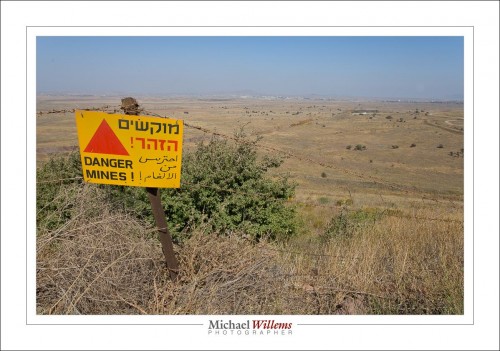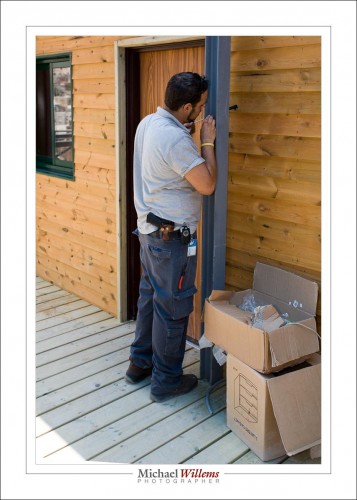If I do manage to get to Israel (help me out here for the crowdsourcing project) then I will do a few things. Other than, of course, the purely mechanical.
First, of course, I will constantly remind myself that I am neutral. For any photojournalism to be worth that name, it has to be impartial. Now, I am going to cover a particular story, of course. But that does not imply bias. Sometimes, journalists have to remind themselves they are there to observe; they are not activists. Of course the very choice of subjects implies an agenda, but it can be an impartial agenda (“in search of justice” rather than “in search of justice for party X”).
Second, I will make this a story, and arrange shoots to show that story. My story really here would contain the following elements:
- Who’s who? Newspaper readers may think “Israel”: is one unit.. but Israel consists of various types of Jews, various creeds of Muslims, and of Druze, Bahai, and many more. Informing would be good. Showing how these groups live, who they are, how they interact.
- Show people under the daily threat of violence. The sign above is not unusual. Imagine being confronted with such things daily.
- Show who is getting on which whom, or if not, why not. The byzantine nature of Middle East politics is not easy to explain in a few photos, but I can shed some light on it no doubt.
- Show, if possible, both problems and resolutions.
And all this has to be storytelling.
This particular photo assignment may or may not go ahead (depends on you, kind pledgers—only four days left..please help if you can); but what matters more is that the principles here apply to pretty much all photojournalism.
And no, photojournalism makes no-one any money. Most photojournalists, as an acquainted newspaper photo editor just reminded me, make a loss. As will I: consider it my volunteer work.


